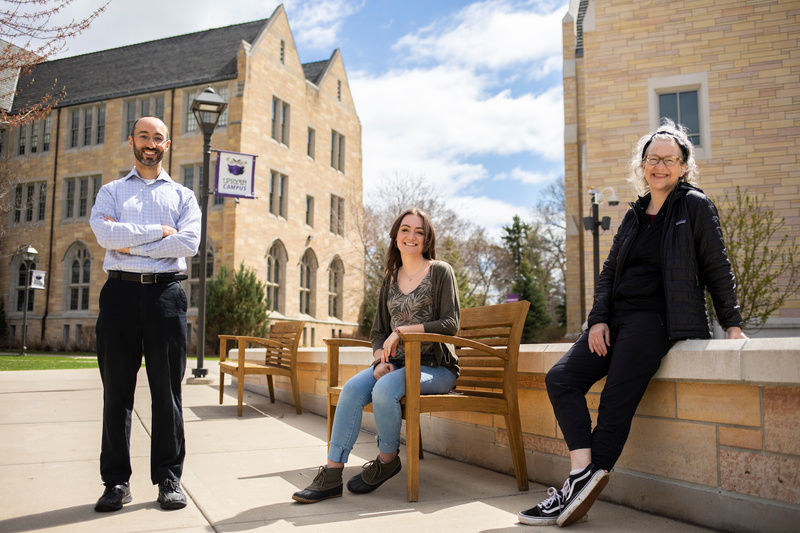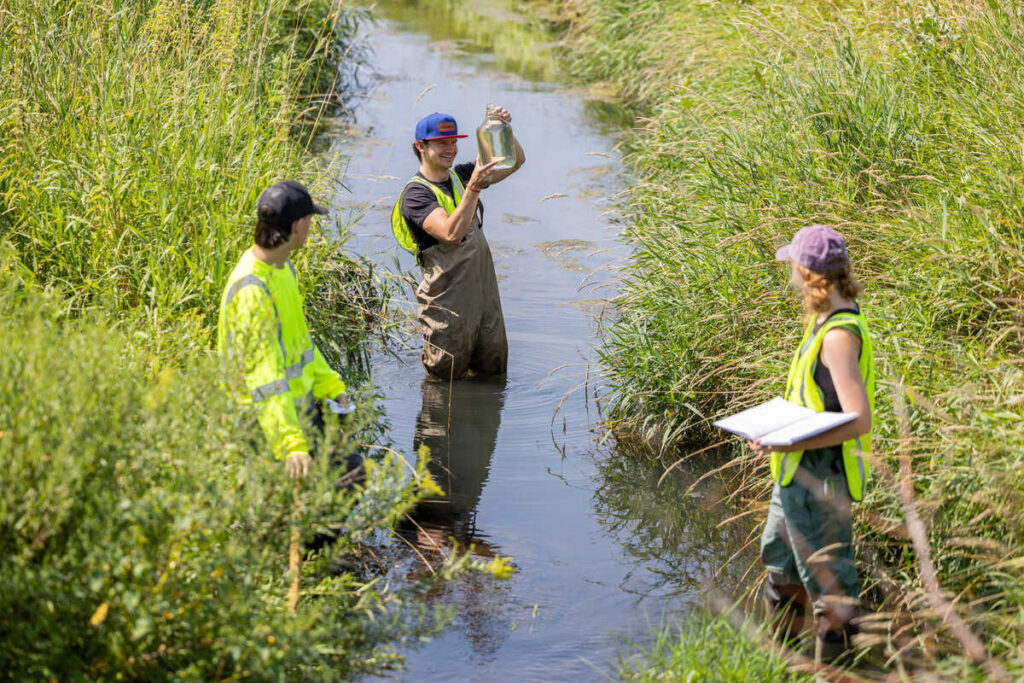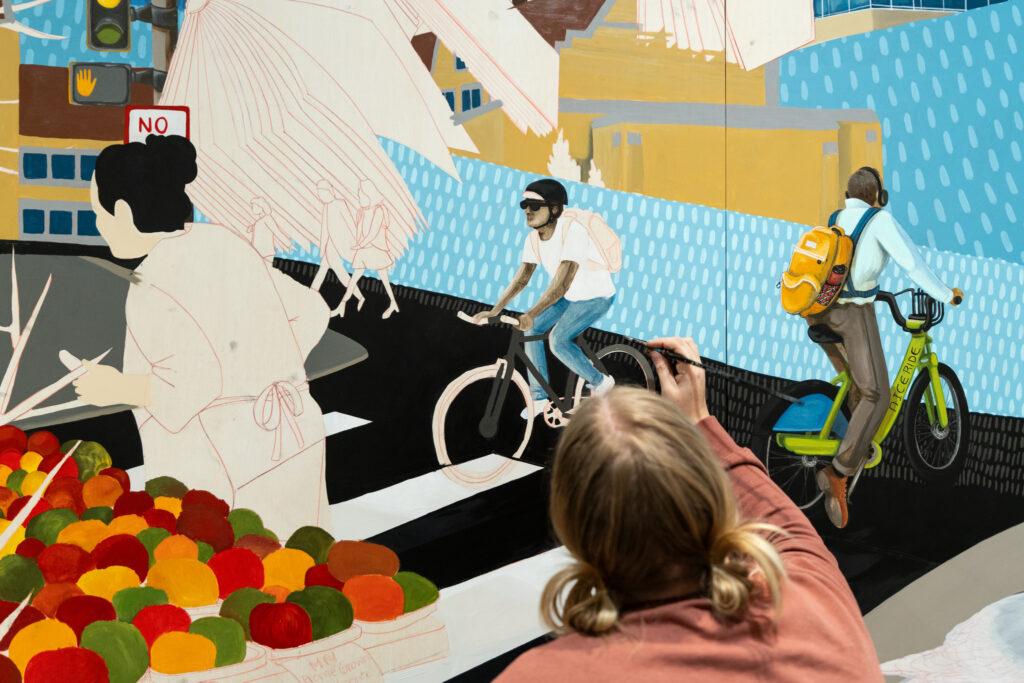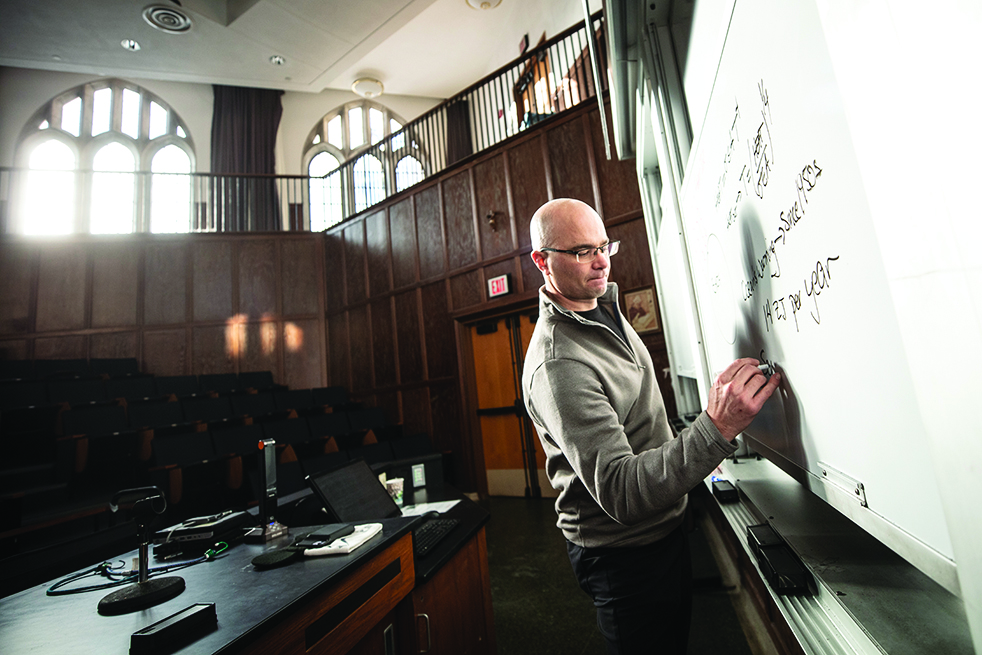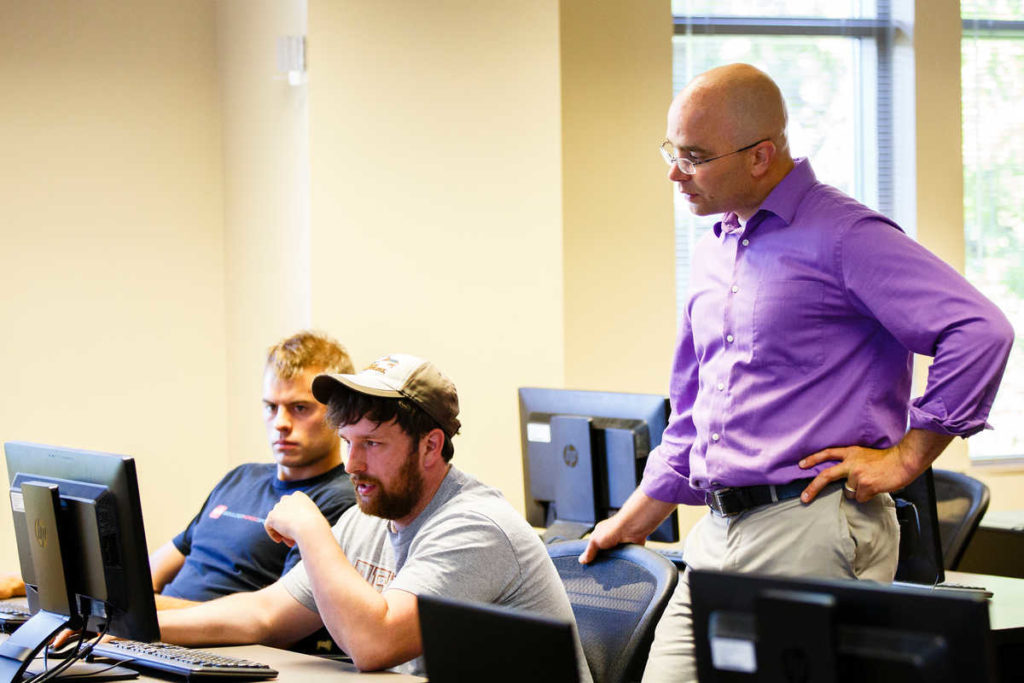Sustainability has been blooming at St. Thomas. The recent drive toward more environmentally friendly behaviors has been monumental, with the university’s efforts to address sustainability resulting in national recognition.
In recent years, the university has confronted a number of environmental issues, such as transportation and community engagement, and achieved a prestigious certification and rating: a v4 Platinum LEED® (Leadership in Energy and Environmental Design) certification, and a silver Sustainability Tracking Assessment & Rating System (STARS) rating.
The sustainability strategic plan
As those on campus have bubbled with excitement and perseverance toward making campus a more environmentally aware place, St. Thomas planted the first universitywide sustainability strategic plan, an arrangement of campus-wide initiatives and goals.
The plan is the product of a campuswide brainstorming and collaborative goal-setting process led by Assistant Director of Campus Sustainability and Sustainability Advisory Council Chair Amir Nadav and the Office of Sustainability Initiatives in 2019.
“It was a really big deal for the university because it really showed that St. Thomas was supporting sustainability,” said Undergraduate Sustainability Student Representative Ariana Porcello ’23.
The five-year plan stems from 18 months of assessing campus and exploring ways to integrate sustainability into St. Thomas’ Catholic culture identity.
With overarching goals, such as carbon neutrality by 2035 and a STARS gold rating by 2025, the plan is making sustainability a key focus of the St. Thomas community.
In 2020, the Undergraduate Student Government released another set of intentions called the Zero Waste Resolution.
“One day I just kind of wrote it up and we put it out to the student government, and then they reviewed it. There [was] a lot of help in writing it and editing it after I put out that original draft,” Porcello explained.
Other areas St. Thomas is addressing in the sustainability realm include dining services, student and employee engagement, transportation services and facilities management.

How collaboration pushed concentration
Many individuals have contributed to making campus sustainable in prior years.
“There were just pockets of individuals who wanted to do things greener, so there were a lot of grassroots efforts,” explained Elise Amel, Department Chair of Earth, Environment and Society, Director of Sustainability Initiatives and Professor of Psychology.
"That's a great place to start, but at some point you have to become coordinated and make sure that you're not duplicating efforts," she said.
Without a policy in place encouraging accountability and practicality, individual efforts were not making a lasting footprint.
“It's important to remember that sustainability isn't a one and done thing. It is constantly evolving [and] changing,” said Amel, who also is a co-author of the book Psychology for Sustainability.
With the collaborative efforts from sustainability-focused leaders such as these, the university has centralized sustainability and continues to make it a systemic practice.
“All of our computers on campus are the gold standard for energy efficiency and it's because the person who is in charge of ordering them decided that was what we were going to do, but there's nothing in the policy that says we will always strive to get the most energy efficient computers,” said Amel. “Institutionally, [creating policy is] really important when you know that individual[s] come and go.”
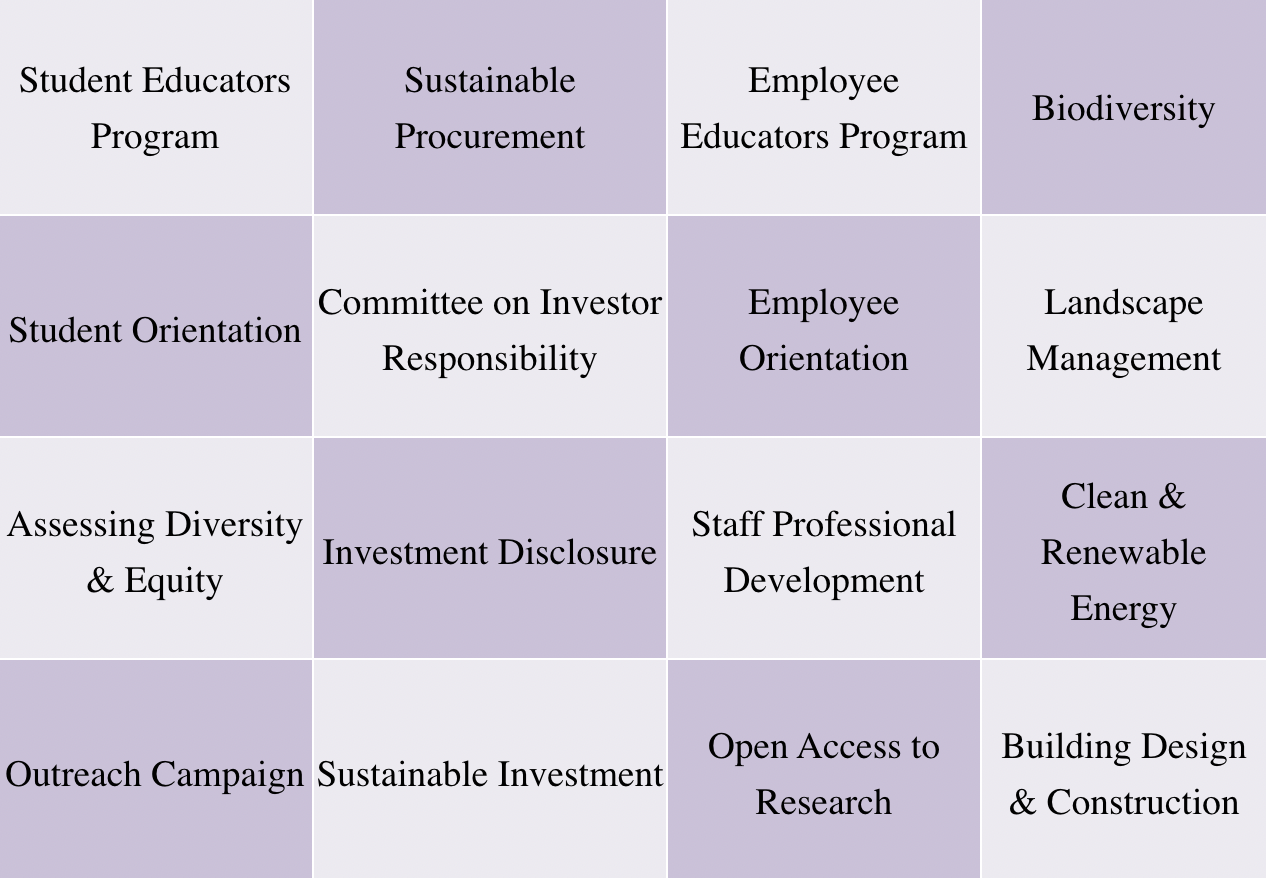
The sustainability plan aims to stabilize goals, such as energy efficiency and make them a priority for the entire university.
In order to find specific areas to impact, the university has been using the United Nations 17 Sustainable Development Goals (SDGs) which include targets such as no poverty, zero hunger, sustainable cities and communities and responsible consumption and production.
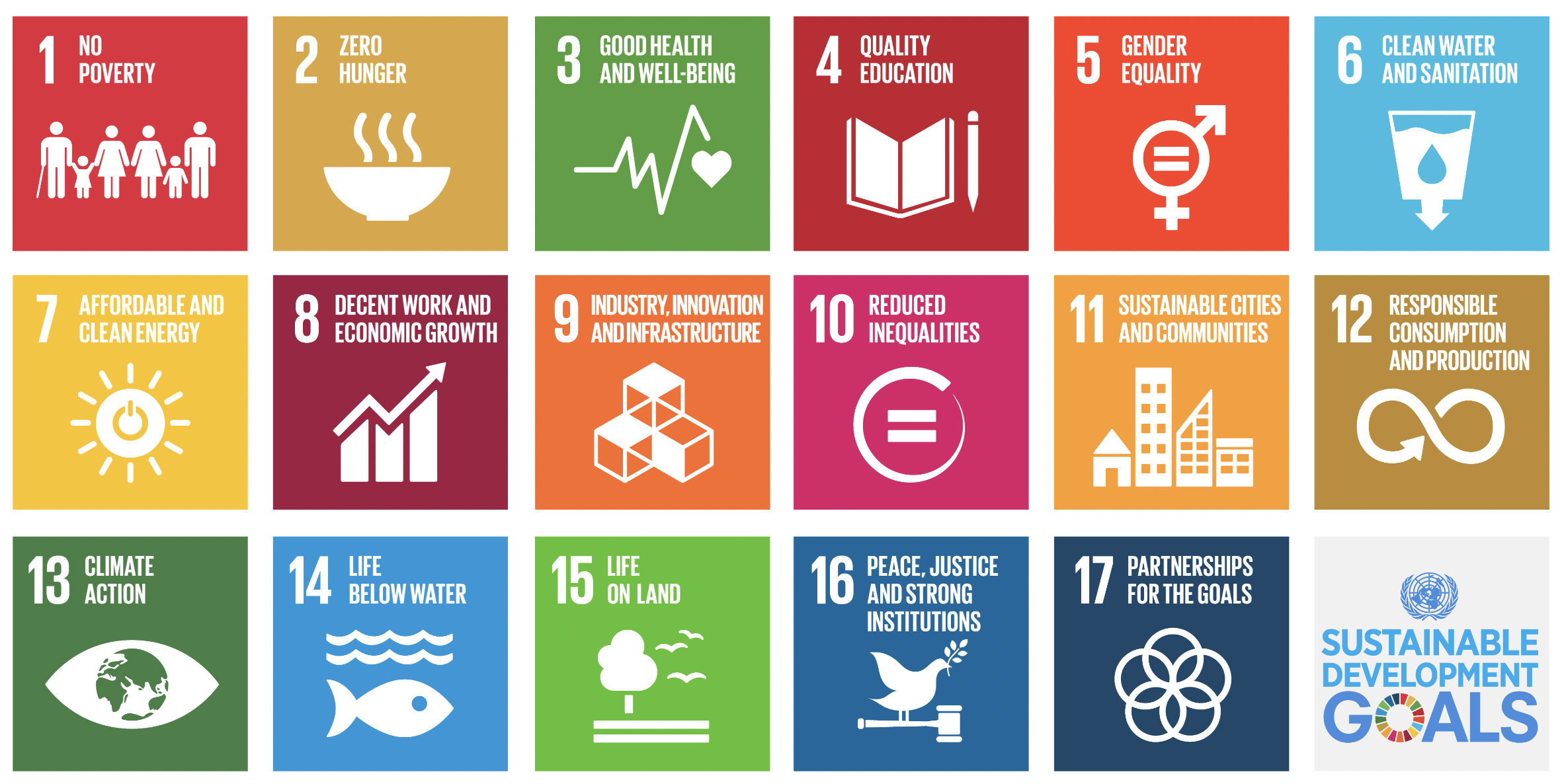
The SDGs have inspired the following on campus:
-Increase to over 100 classes that address sustainability
-Campus sustainability initiatives during Welcome Week
-The discussion of sustainability in faculty and staff orientation
-Greater compostable accessibility
-The Sustainability Literacy Assessment
-Inventory assessment on campus trees
-Bike repair stations
-Secure bike parking in Tommie East and Tommie North
-Electric vehicle charging stations
-Tree-zero paper
And more.
“It is important to keep it on people's minds and to frankly celebrate the wins. We've been crushing it! That is really exciting and something we should be proud of,” Amel remarked.
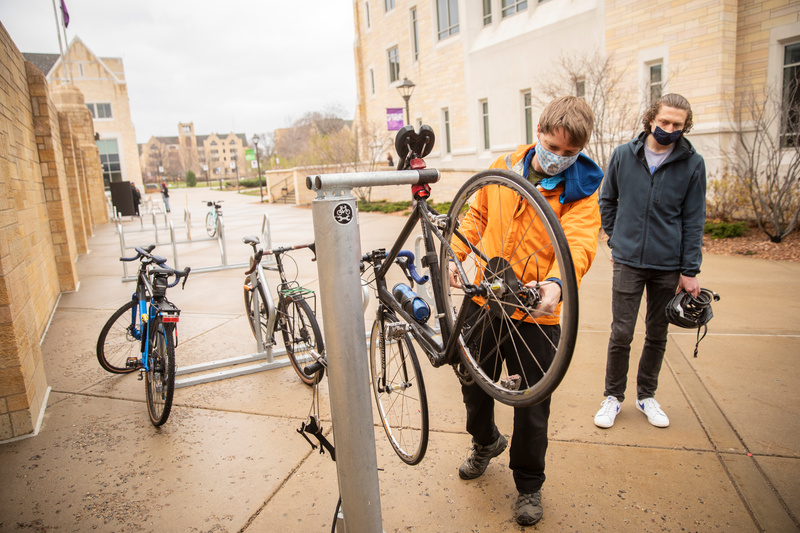
(Liam James Doyle/University of St. Thomas).
Working toward longevity
As sustainability continues to be planted into the St. Thomas landscape, the seed must continue to grow. Porcello explained that the only way that will happen is if people step up and take action.
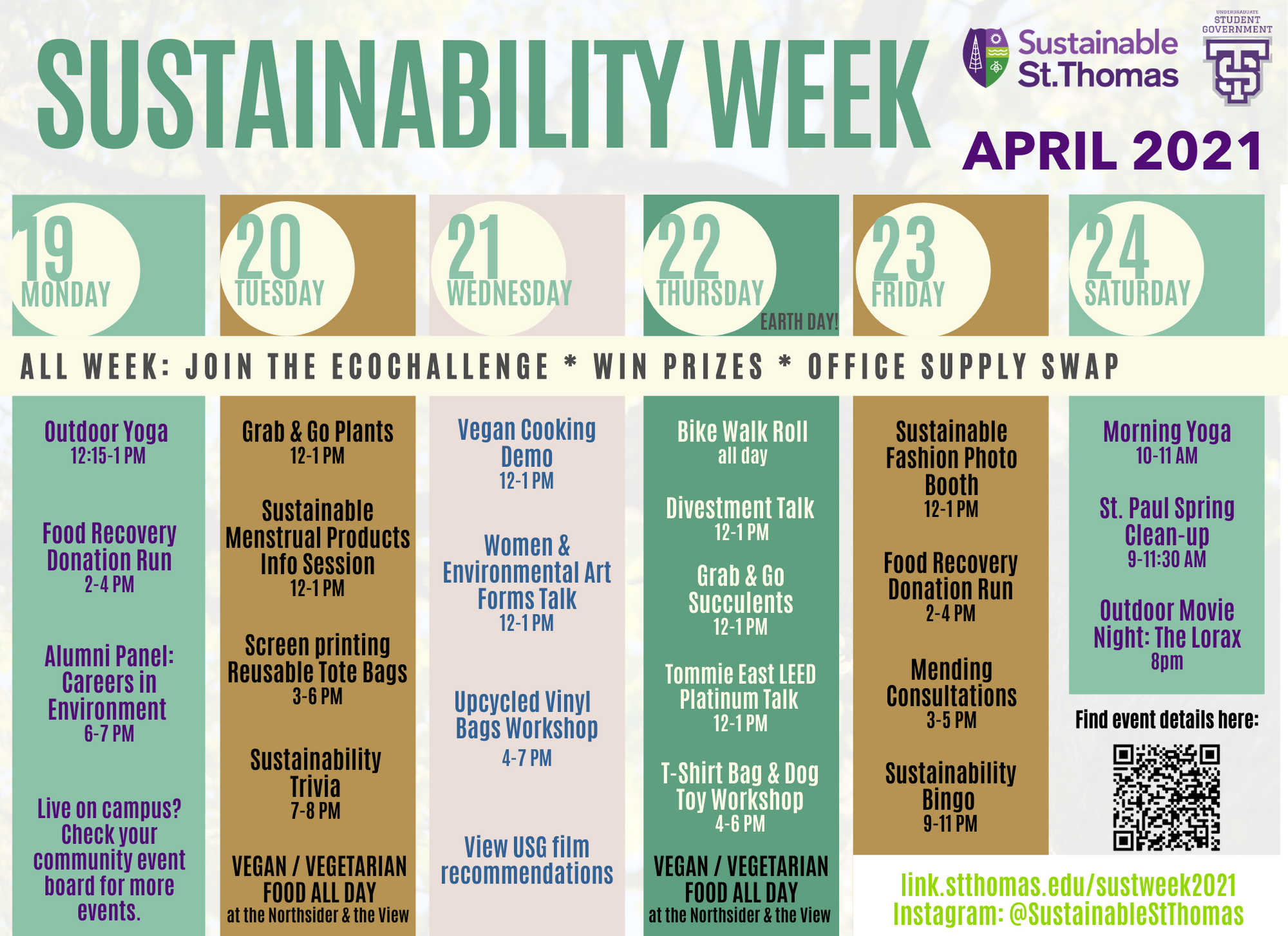
“I come across so many students who say that they have a passionate interest in sustainability and a lot of times, they're complaining about what St. Thomas isn't doing right, how St. Thomas could improve [in] this or that. I always say, get involved. Take action because there are so many opportunities to do that at St. Thomas,” Porcello said.
“We need to kind of switch that mindset. We are all a part of St. Thomas, so it's all up to us to make that difference.”
Humans tend to focus on private-sphere behaviors, Amel explained. These personal choices that we make to address sustainability are important, but where the impact will be greatest is institutionally.
“You don't want to stop doing the personal thing, but you also want to make a bigger impact at the institutional level,” Amel added.
Faculty and staff engagement is critical in creating a more sustainable campus and helping students reap the benefits of a more mindful lifestyle. Employees have a large influence on student behavior as students learn from what they see.
“It models for them how to choose to be themselves,” Amel explained.
With an institution that impacts tens of thousands of students, the scope of impact is much wider and open for opportunity.
“The scope of impact is so different when you think about changing the way you work versus changing whether you recycle your plastic bottle from lunch,” Amel said.
Recent sustainability successes
In 2018, St. Thomas submitted its first STARS report, which received a silver rating and showed that while the university was striving in areas like curriculum and public engagement, it had opportunities for growth in the buildings, dining, investment and finance categories.
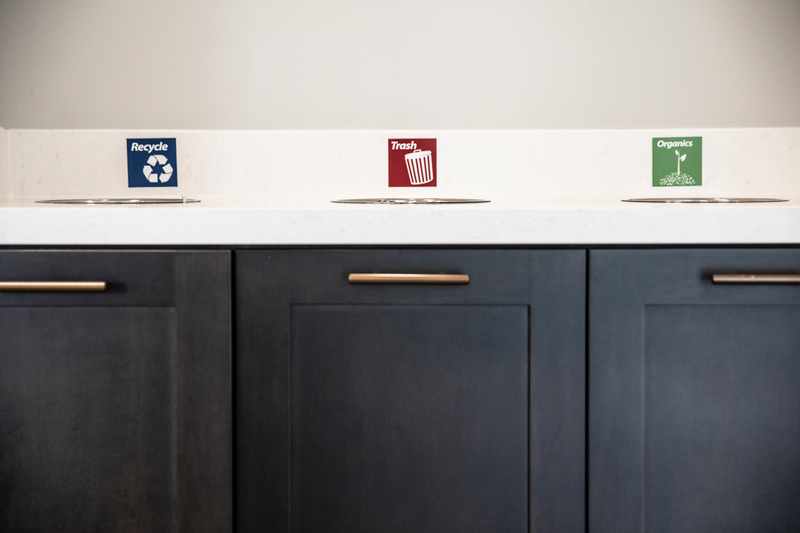
“It's kind of a national standard for assessing sustainability in higher ed. It feeds into various national college rankings so it's a great way to get public recognition for the work we're doing as a university,” said Nadav.
The university is striving toward the gold rating in 2025, which Nadav believes can be achieved.
“We have a very robust framework around goals and how we measure our progress. We’re really moving into the phase of implementing those things and there’s been a lot of progress,” Nadav said.
Tommie East also became one of seven mid-rise buildings in the world to achieve a LEED v4 Platinum certification.
“I think that's a great example of just the commitment the university's made and the progress we've also made toward those goals,” Nadav explained.
With great progress made, the university continues to explore ways of improving sustainability efforts both in the short term and long term. Engaging students, working toward carbon neutrality and finding more creative and strategic solutions to address sustainability on campus are all priorities going forward.
“It's really exciting to see the university embracing sustainability and [to see] it directly connected to the core of our identity, rooted in Catholic social teaching and also to the mission to advance the common good and prepare our students to be sustainability leaders,” Nadav remarked.
